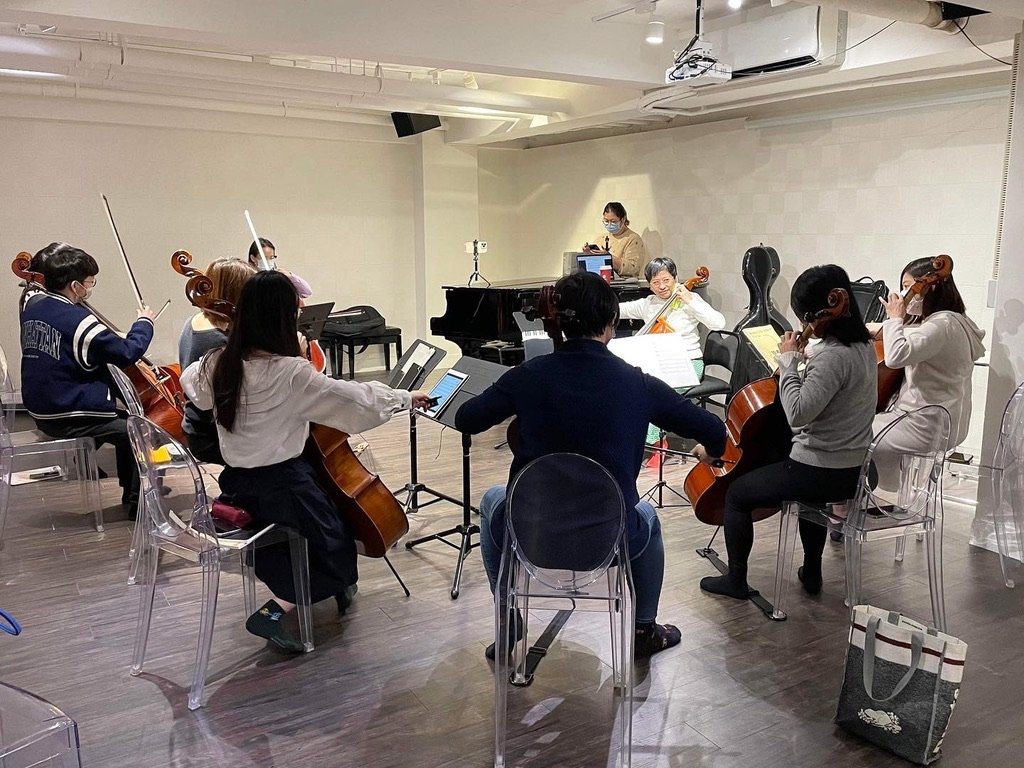Bringing the Celebration Back to Music
Teaching is as much about learning as it is about sharing knowledge. It’s always incredible to hear how my work impacts others, and recently, one of my clients shared something that really moved me.
She said:
"Watching you teach through videos and courses is extremely inspiring to me. I love creating games for my students, and it's the first time I’ve seen a teacher bring so much fun and passion into the studio. I’ve started incorporating many of your ideas into my lessons, and my students seem to love it. It’s helped me grow as both a teacher and an individual, pushing me to always think of new ideas and games and to conceptualize them better. 🎉"
It’s my ultimate passion to help teachers succeed.
However, it wasn’t all about fun and games. My client also shared her personal challenges:
"I’ve struggled a lot with my own cello playing, dealing with self-confidence issues and a lack of joy in my own practice. It’s been tough, having so much fun teaching but none while playing—it felt contradictory. But the cello lessons I’ve had with you have changed that. I’ve gone from being terrified of making mistakes to seeing them as exciting opportunities to learn about my instrument and myself. This journey has been about healing my relationship with the cello, and I’ve made so much progress over the past months."
Her words are a reminder of why I do what I do. Teaching isn’t just about passing on technical skills—it’s about creating an environment where both students and teachers can rediscover the joy of music, learn from mistakes, and celebrate growth.
Top 3 Tips to Bring Joy Back to Your Playing
Here are three actionable steps you can take to ensure that joy remains at the center of your own playing, especially when teaching children:
Create Playful Challenges:
Turn technical exercises into mini-games. Whether it’s racing against a timer or trying to play a phrase with silly dynamics, adding an element of fun can make even mundane drills more engaging. Kids (and adults!) love a bit of friendly competition, and it shifts the focus from perfection to participation.Celebrate Mistakes as Learning Opportunities:
Instead of criticizing errors, frame them as a chance to learn. Try saying, “Great! Now we know where we can grow.” This approach not only makes learning less intimidating but also helps kids—and yourself—embrace a growth mindset, where mistakes are simply stepping stones.Let Students Lead the Lesson:
Every now and then, let your students choose what to play or explore. It gives them a sense of ownership and fosters a more joyful, collaborative atmosphere. This strategy can also be surprisingly effective for adults, helping you rediscover the spark of curiosity in your own practice.
Ready to Bring Joy Back to Your Playing?
If this resonates with you, I’d love to explore how I can support you on your own musical journey. Book a call with me here, and let's chat about how we can work together to bring more joy, confidence, and creativity to your music.

